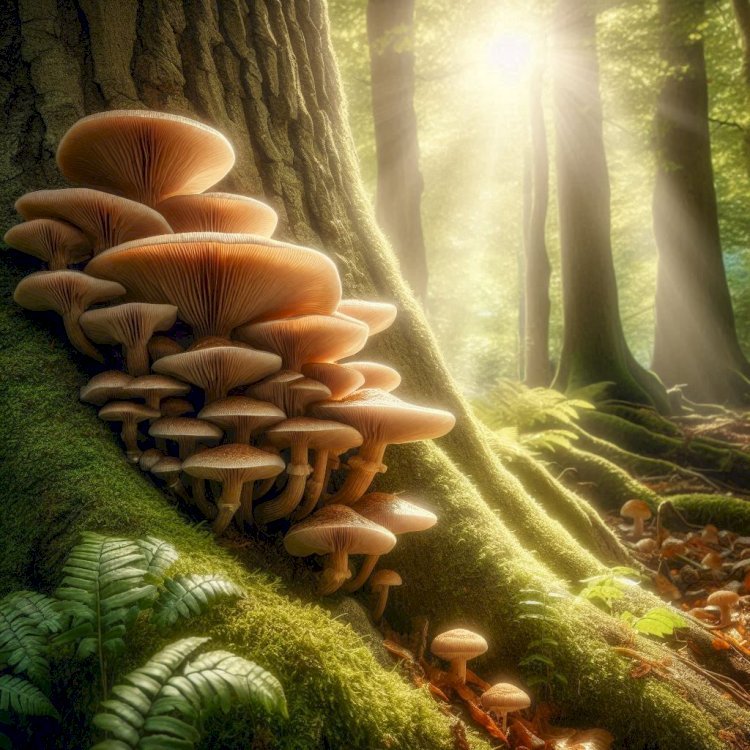The Fascinating Mushrooms That Grow on Trees and Their Benefits

When we think of mushrooms, we often imagine them sprouting from the ground in a damp forest, but did you know that many mushrooms actually grow on trees? These fascinating fungi thrive in symbiosis with trees, playing an essential role in forest ecosystems. In this article, we’ll explore some of the most common types of mushrooms that grow on trees and how they benefit the trees and their surrounding environment.
Why Do Mushrooms Grow on Trees?
Mushrooms are a type of fungi, and like all fungi, they need organic material to survive. Trees, especially older or decaying ones, provide an ideal environment for mushroom growth. Some mushrooms form a symbiotic relationship with living trees, helping them absorb nutrients from the soil, while others feed on dead or decaying trees, breaking down the wood and returning nutrients to the soil.
Common Mushrooms Found on Trees
-
Oyster Mushrooms (Pleurotus ostreatus) are one of the most recognizable and widely consumed mushrooms. They often grow on decaying hardwood trees like oak or beech. Their fan-shaped caps and mild flavor make them a popular choice in cooking, and they play a crucial role in breaking down dead wood.
-
Turkey Tail (Trametes versicolor) Named for its colorful, fan-like appearance, Turkey Tail mushrooms are commonly found on dead or dying hardwood trees. These mushrooms are known for their medicinal properties, particularly in boosting the immune system. Their role in decomposing dead wood helps recycle nutrients in the forest.
-
Shiitake (Lentinula edodes) Shiitake mushrooms are often cultivated on tree logs, but they can also be found in the wild growing on decaying hardwood trees, such as oak and chestnut. Valued for their rich flavor and medicinal benefits, they are popular in many cuisines.
-
Reishi (Ganoderma lucidum) Known as the “mushroom of immortality,” Reishi mushrooms grow at the base of hardwood trees. In traditional medicine, Reishi is valued for its potential health benefits, including immune support and anti-inflammatory properties.
-
Artist’s Conk (Ganoderma applanatum) This mushroom, named for the way its underside can be etched like a canvas, typically grows on dead or dying trees. It serves an important ecological role by breaking down tough wood fibers, allowing nutrients to return to the soil.
The Importance of Tree-Dwelling Mushrooms
Mushrooms that grow on trees contribute to forest health in numerous ways. Some, like mycorrhizal fungi, form a symbiotic relationship with tree roots, helping trees absorb nutrients. Others decompose dead trees, recycling nutrients that are vital for the ecosystem. Without these fungi, forests would be overwhelmed with dead wood, and trees would struggle to absorb the nutrients they need to grow.
Conclusion
Mushrooms that grow on trees are more than just a fascinating sight; they are vital to the health of our forests. Whether helping trees absorb nutrients or breaking down dead wood, these fungi are an essential part of nature’s recycling process. Next time you're in the forest, keep an eye out for the beautiful and diverse mushrooms growing on trees!
For more information on the types of mushrooms that grow on trees and their ecological benefits, you can read further at Mushrooms That Grow On Trees.
What's Your Reaction?















